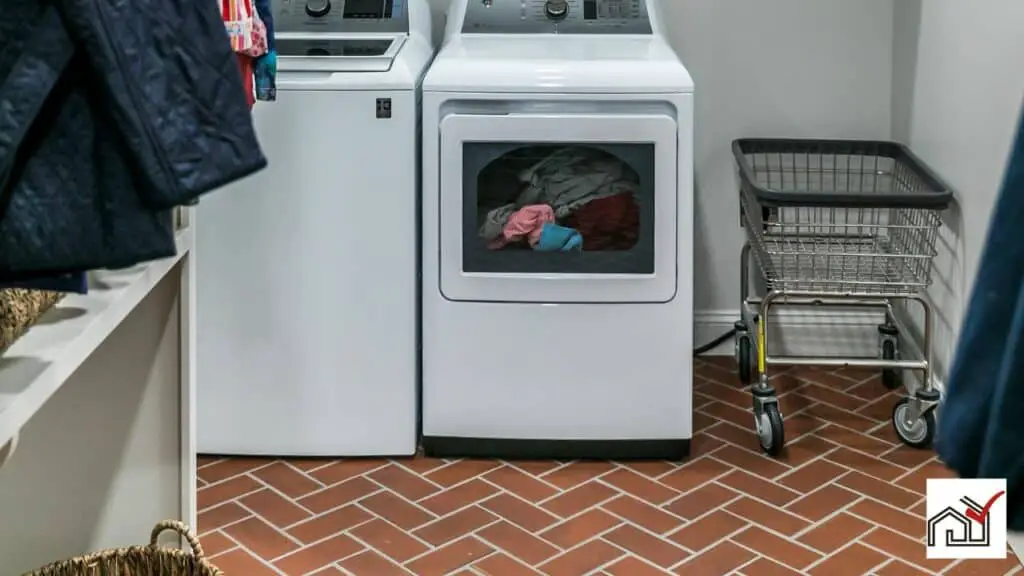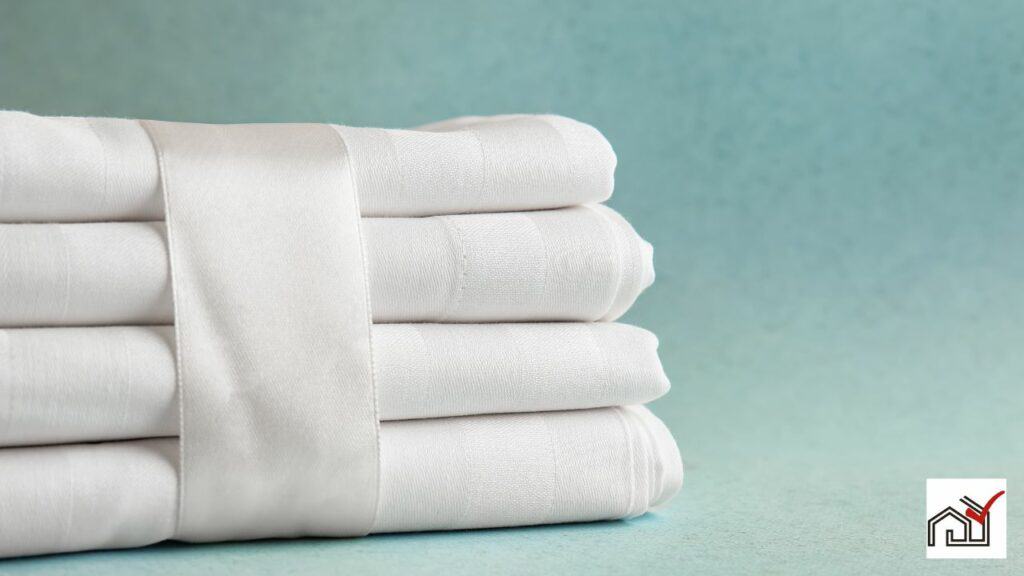It is recommended to wash new pillows before their first use. This is because they may contain dust, residues from the manufacturing process, and chemicals that could cause allergies or respiratory issues.
Washing new pillows helps to ensure they are clean and fresh. It is important to follow the manufacturer’s care instructions for washing and drying to maintain the pillow’s quality and durability.
Let’s now talk about the reasons for washing new pillows, the health benefits, and the maintenance steps.
Why Wash New Pillows?
Wash new pillows before use to remove contaminants and improve hygiene. New pillows can contain dust, dirt, and chemicals from production and shipping, which might cause allergies or skin irritation. Washing them reduces allergens and removes any odors from manufacturing materials.
It also gets rid of any unseen stains or residues. Clean pillows ensure a healthier sleeping environment and support better sleep.
Potential Health Benefits
Washing new pillows before use is beneficial for reducing allergens and skin irritants. New pillows can gather dust, dirt, and dust mites during production and shipping. These can cause allergic reactions such as sneezing, itchy eyes, and skin rashes. Cleaning new pillows can lead to a cleaner sleep environment and may improve sleep quality, especially for those with respiratory or skin conditions.
It is essential to follow the manufacturer’s washing instructions to preserve the pillow’s quality and support. Using a pillow protector after washing can help keep the pillow clean by shielding it from sweat, oils, and dust from regular use.
Understanding Pillow Labels
Pillows come with a care label that provides important information on washing instructions and the materials used. This label helps you keep the pillow in good condition. Always check the label before cleaning a pillow to see if it’s machine washable or requires another method like spot cleaning or hand washing.
Down pillows might be machine washable, but memory foam or latex pillows should be cleaned with a damp cloth and mild detergent. Improper washing can damage the pillow, affecting its shape and support.
The care label also advises on drying methods. For instance, wool-filled pillows should be air-dried, while memory foam pillows must not be put in a dryer due to their heat sensitivity.
Adhering to the care label ensures the pillow stays clean and comfortable. Use the label as a guide for cleaning new pillows or maintaining them over time.
Washing Different Pillow Types
It is important to wash new pillows according to their material-specific care instructions to maintain their quality and cleanliness. For cotton, feather, or wool pillows, machine washing is generally acceptable. Use a gentle cycle with cold water for feather pillows to avoid clumping. Microbead and gel pillows can be machine washed with mild detergent on a low-temperature setting.
Foam pillows should not be machine washed as this can damage the material and alter their shape. Spot clean foam pillows with mild detergent and air dry. Memory foam requires extra care to avoid damage.
For non-machine washable pillows, such as those with buckwheat hulls, you can wash the outer cover if it is removable. Alternatively, air them out or use a vacuum attachment to remove dust. If necessary, hand wash the pillow casing in a bathtub with cold water, being careful not to wet any non-washable fillings.
Wash pillows every four months to keep them clean and ensure a hygienic sleep environment.
Step-by-Step Washing Guide
Wash new pillows before first use to ensure cleanliness. Follow these steps:
- Read the care label for washing instructions specific to your pillow.
- For machine-washable pillows, remove any cases and stand pillows upright in the washer. For hand-washable pillows, fill a basin with water at the recommended temperature.
- Use a gentle cycle and a suitable detergent for your pillow’s fabric. For machine washing, add wool or tennis balls to the dryer to avoid clumping.
- Rinse thoroughly to eliminate soap. If hand washing, squeeze out water without twisting or wringing to prevent damage.
- Dry completely using a dryer on the appropriate setting or air dry. For non-washable pillows, sun exposure can help freshen them.
Drying and Fluffing Techniques
Drying and fluffing are crucial for pillow care after washing. Pillows must be fully dry to prevent mold and mildew. For air-drying pillows like those made of natural latex or wool, use a ventilated area away from sunlight. Follow the manufacturer’s instructions for machine drying to prevent heat damage.
In the dryer, use wool or tennis balls to break up clumps and evenly dry pillows, particularly synthetic down. This keeps them soft and fluffy. After drying, hand-fluff pillows to reshape them. If any part feels damp, dry it further to avoid internal moisture.
Proper drying and fluffing extend pillow life and comfort. Always adhere to the manufacturer’s drying guidelines. Proper care ensures a clean and comfortable sleep environment.
Pillow Maintenance Tips
Wash new pillows before first use to remove any residual substances from manufacturing. Regular cleaning, every four months or more often for allergy sufferers, is essential to maintain freshness and longevity. Pillows with down or synthetic fill can typically be machine washed, while memory foam or latex may require spot cleaning or a washable cover. Use a gentle detergent, a delicate wash cycle, and a bit of baking soda for odor control.
Using pillow protectors can prevent damage from bed bugs, dust mites, and body fluids, and they can be cleaned more frequently than pillows. To maintain pillows, clean them regularly, follow care instructions based on the material, and use protective covers.
Signs It’s Time for Replacement
Pillows can lose their shape and support over time, necessitating replacement. A pillow that does not regain its shape after fluffing is due for replacement. Flat or lumpy pillows no longer provide the needed support, which can lead to neck pain.
Persistent stains or odors on pillows, even after washing, may indicate mold, mildew, or dust mites, which can harm health. If allergies or irritations occur upon waking, consider replacing your pillow.
It is recommended to wash new pillows before use, similar to new clothes. Despite care, pillows have a limited lifespan and should be checked regularly for wear and tear.
As part of the Amazon Services LLC Associates Program, remember to consider the longevity and maintenance of new pillows to ensure ongoing comfort and cleanliness.





